How to Insulate a Beehive
We get asked a lot of questions about how to insulate a beehive properly. Our environmentally friendly, breathable reflective insulation has been used to insulate beehives for a number of years with very positive results.
So, we got together with several beekeepers to answer some of the most common questions about insulating beehives and hopefully provide some hints and tips here for you.
If you are a beekeeper and you are reading this blog you will be all too aware that the cold isn’t the biggest problem, its actually damp that poses the biggest risk to your hive.
Some of the most common questions we get asked concerning beehives are about;
- Should I insulate a beehive?
- How knowing how to insulate a beehive can increase colony survival?
- Insulate a beehive or wrap a beehive?
- What about condensation and maintaining ventilation?
- What’s the best type of insulation to use for a beehive?
- How do you insulate a beehive?
Should I Insulate a beehive?
There is a lot of information online about insulating beehives and it can be hard to work through it all. That’s why I got together with the guys here at Low-E to help them put together this blog.
Modern beehives used by todays apiarists are generally not as well insulated as the hollow of a tree and hives tend to be placed where keepers want them, not where the bees themselves would choose to place them.
This means it can be difficult to maintain colony survival rates during the colder months of the year. It is becoming more common practice to insulate or wrap hives during the autumn and winter months.
Double walled hives tend to stand up better in cold weather simply because they have an extra layer of insulation (the airspace between the inner and outer) but even they can struggle in very cold weather.
How knowing how to insulate a beehive can increase colony survival?
Therefore, insulating a hive is generally a good idea. With an extra layer of insulation around the hive the colony do not have to work as hard to stay warm. If they do not need to work as hard, they don’t use as much energy. There is less chance of them using up the stores.
Given the right conditions, even in the coldest months, bees can generate enough heat within the hive to keep themselves warm. However, wind chill (cold air moving around the hive) continually draws heat out of the hive. Wind chill increases the rate the hive loses heat and this encourages the hive to stay more active in colder months.
Any beekeeper will know that a sudden drop in temperature or prolonged cold weather is detrimental to a colony. Some beekeeper that I know have lost circa over 50% of their colony during extended cold periods over each of the last few winters.
But did you know that bees work hard to a colony expel more energy gathering and evaporating nectar in Spring and Summer, than surviving winter. Colonies can often overheat in hot weather and so it can be just as important to insulate a hive in summer as it is in winter.
Is it best to insulate a beehive or wrap a beehive?
There are lots of different ideas online about methods and materials used to insulate a beehive. A lot of methods thermally insulate the hive but then they also create problems with moisture. And some solutions use rigid foam that contains toxic blowing agents and off gas. That not really something you want near your colony.
For this reason, a lot of people will wrap their hives (usually with a breather membrane) rather than insulating them. This reduces wind chill and draughting through the hive. Black materials also increases the chance of warming the hive with solar gain, but this does not thermally insulate the hive.
The answer really, in my opinion, is to thermally insulate the hive AND to wrap it while maintaining breathability. Not as easy as you though? Think Again!
What about ventilation and condensation?
As I’m sure you know maintaining ventilation around a hive is extremely important. Dampness in a hive usually comes from the evaporated water create when the bees convert nectar into honey.
But the healthier and more active a colony, the more heat they produce. And because warm air carries more moisture than cold, the more heat produced, the more moisture is produced. This is obviously a bigger problem in colder winter months. Just think about a condensation forming on a window. It happens in winterer but rarely in summer months.
If moisture cannot escape the hive then there is a serious risk that the moisture will condensate within the hive. If that happens, then it is more than likely the moisture will condensate and freeze. That’s when colonies get wiped out.
So, there is no question that it is of the upmost importance to maintain ventilation around the hive and to make that any moisture produced by the colony can escape.
If you want to read more about Moisture Control and Why its important you can read our blog here
What is the best type of insulation to insulate a beehive?
The best type of insulation for a beehive is something non-toxic and/or environmental friendly material that will thermally insulate the hive, will wrap around the hive to reduce wind chill, but most importantly, will maintain breathability and ensure moisture does not get trapped within the hive.
How to Insulate a Beehive
There are numerous ways to insulate a beehive, but I always insulate my hives using Low-E Insulation PERF. Not all of my hives are the same. Sometimes I will keep a super on over the winter, something I won’t.
Weather you have a National, Flat Roof or Pitched Roof, a WBC or a Langstroth Beehive Low-E Insulation PERF is super easy to cut to size and install. I have stored and reused my covers now for a number of years.
I’ve even used the during the summer months to reflect solar gain and keep the hive cool. They’re great!!
You will find a link showing you how to make the insulated wraps at the top of the page.

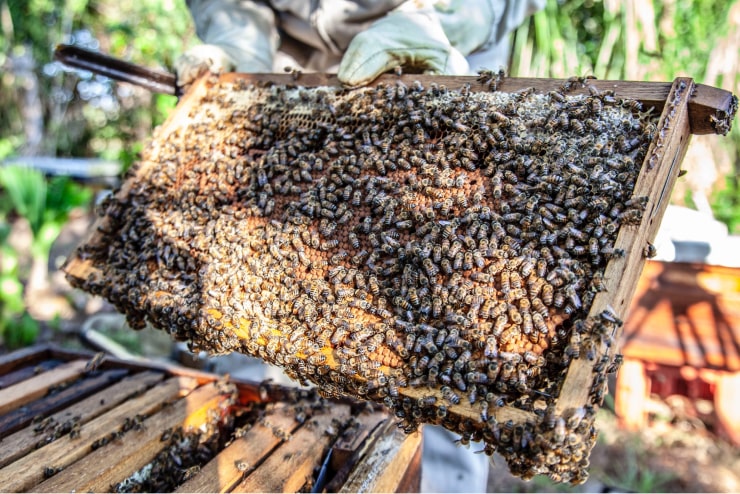
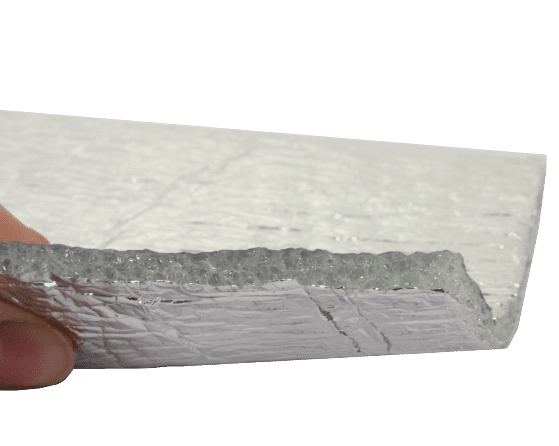
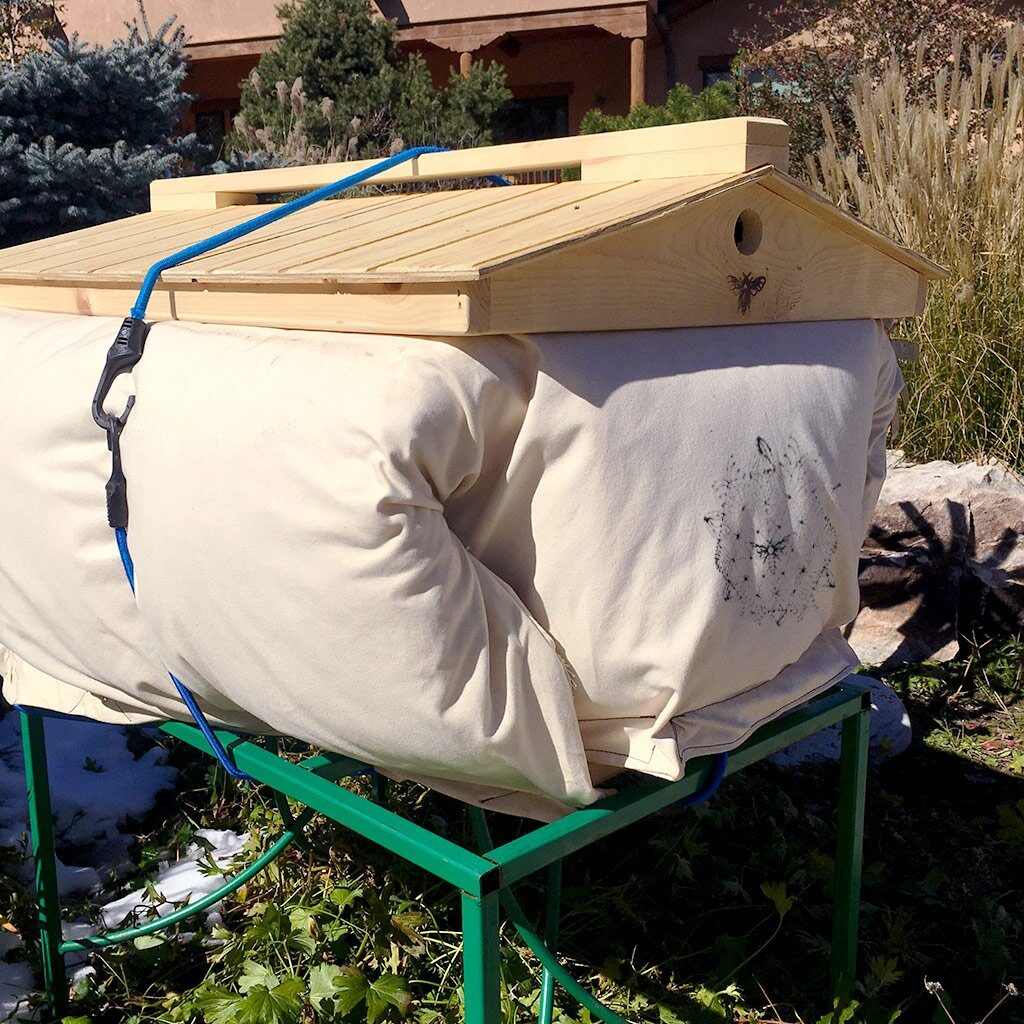
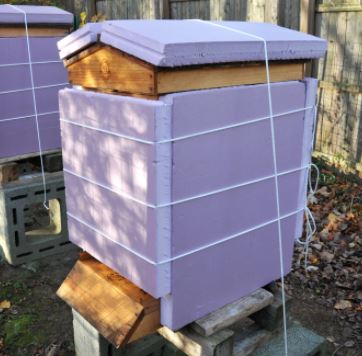
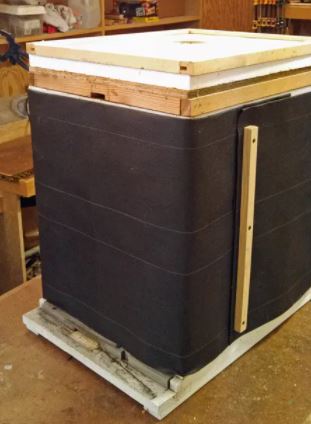
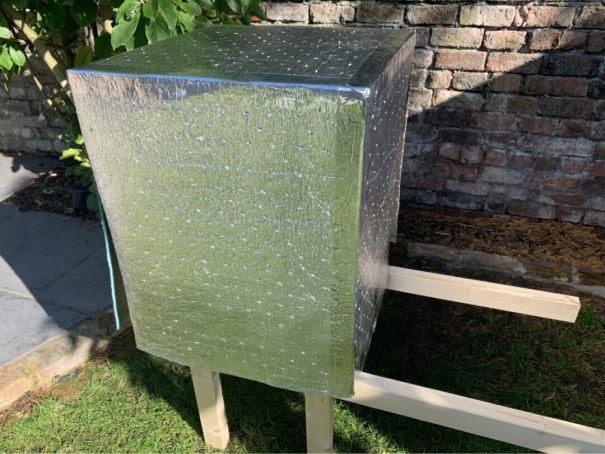
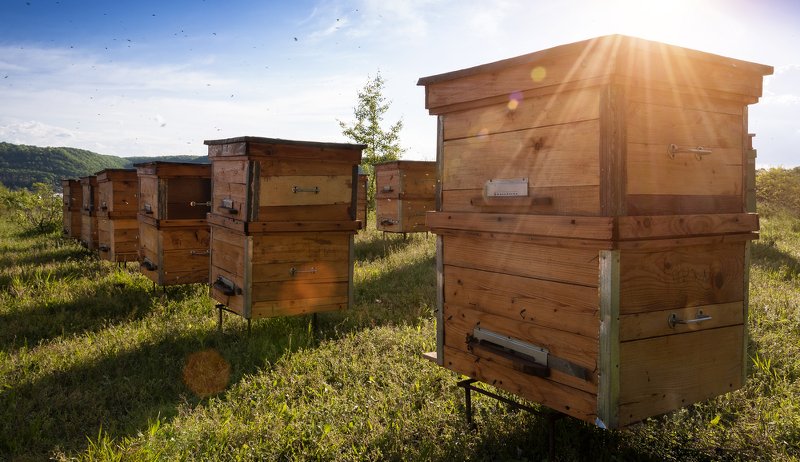
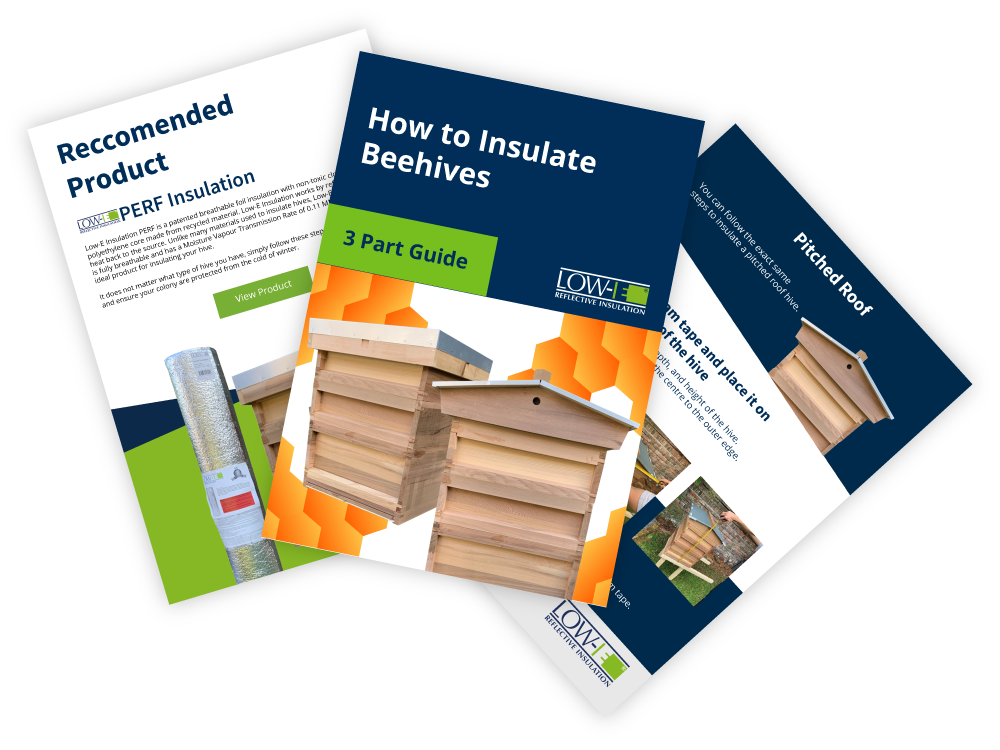


Recent Comments